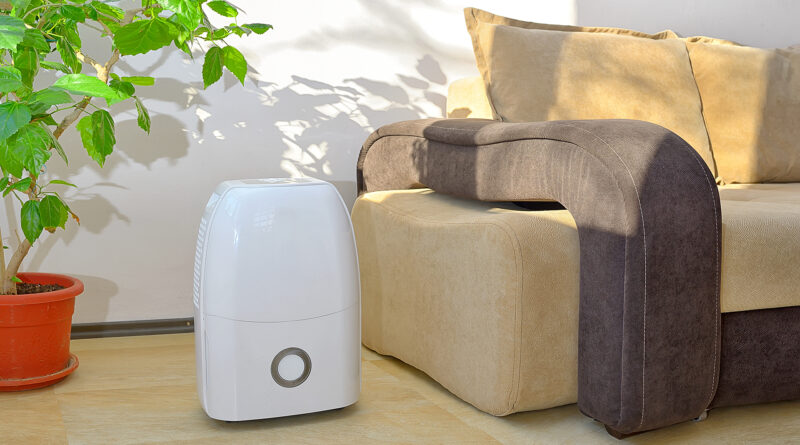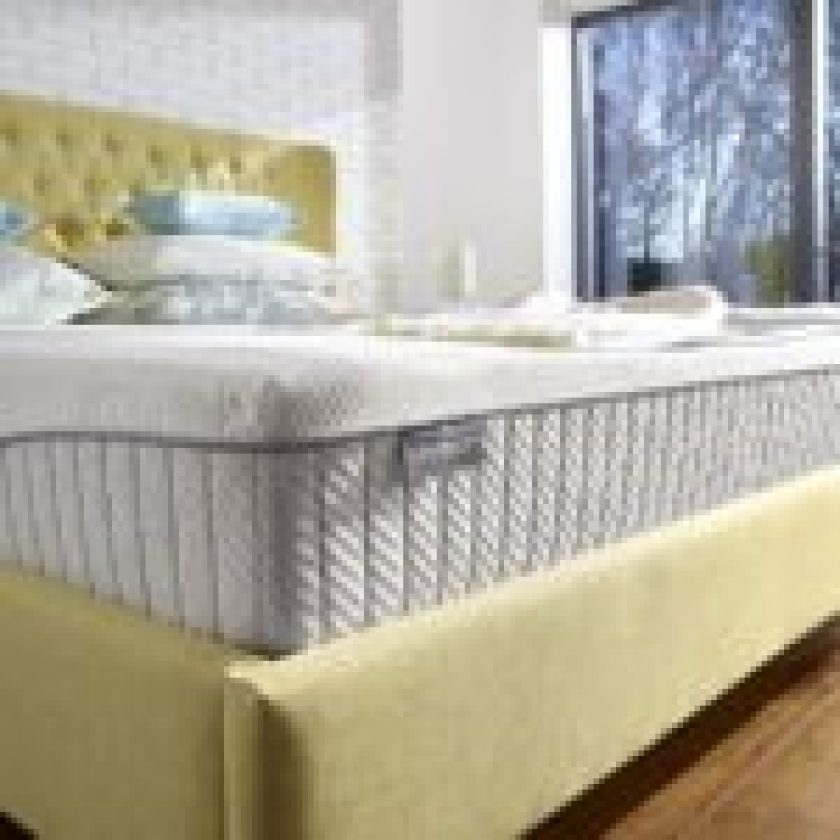It’s that time of year again – cold and flu season. As the weather starts to turn colder, homeowners everywhere are looking for ways to stay comfortable and healthy. One tried-and-true technique is using a whole-house humidifier.
Whole-house humidifiers add humidity to the air, which can help alleviate dry skin, congestion, and other symptoms associated with wintertime allergies and colds. The best time to turn on your whole house humidifier is typically in the early fall when the weather starts to get cooler.
However, there may be times when it makes more sense to wait a little longer or turn it off earlier in the spring. In today’s article, we’ll explore when to turn on whole house humidifier units in your home.
Before getting started, don’t forget to check out this post from Clover Services if you’d like to learn about the ideal humidifier settings for winter and summer.
What is a whole-house humidifier and what are its benefits?
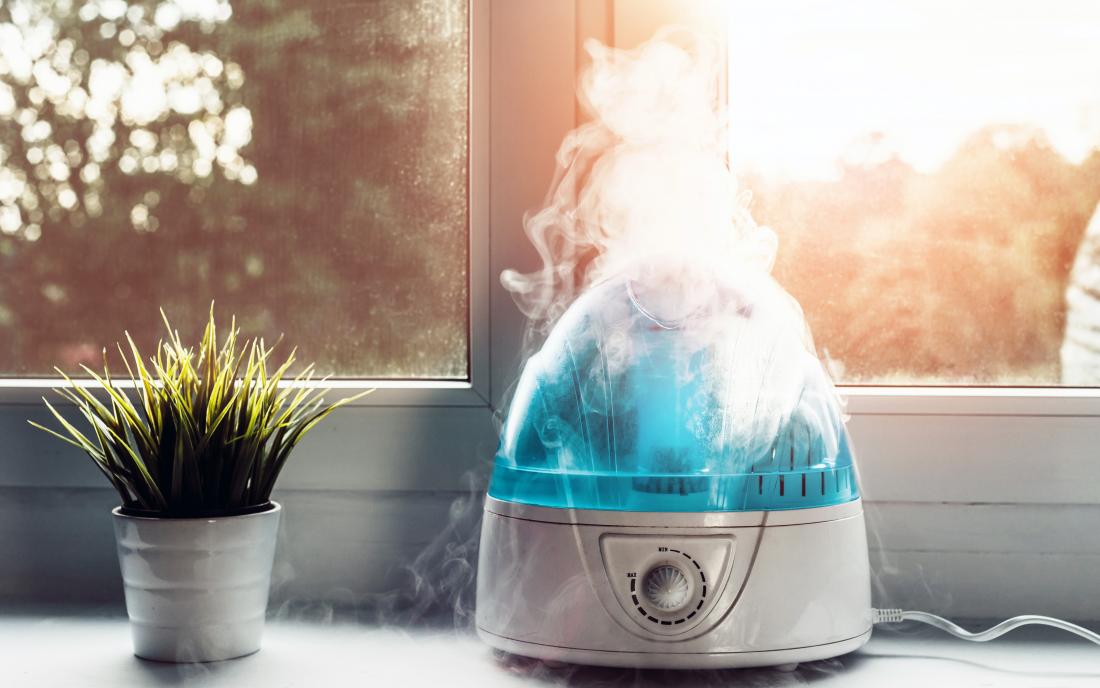
source: pinterest.com
A whole-house humidifier unit is a device that is installed within your HVAC system in order to increase moisture levels (in the air) in your living space.
Many people choose to use a whole-house humidifier for the health benefits that it can provide, as dry air can aggravate respiratory problems such as allergies, asthma, and bronchitis.
Additionally, dry air can also lead to dry skin, static electricity, and cracked furniture. Most experts recommend running a whole-house humidifier when the indoor relative humidity falls below 30%. When you increase the moisture levels (in the air) in your home, you create a more comfortable and healthy environment for your family.
How can you determine if your home needs a humidifier unit?
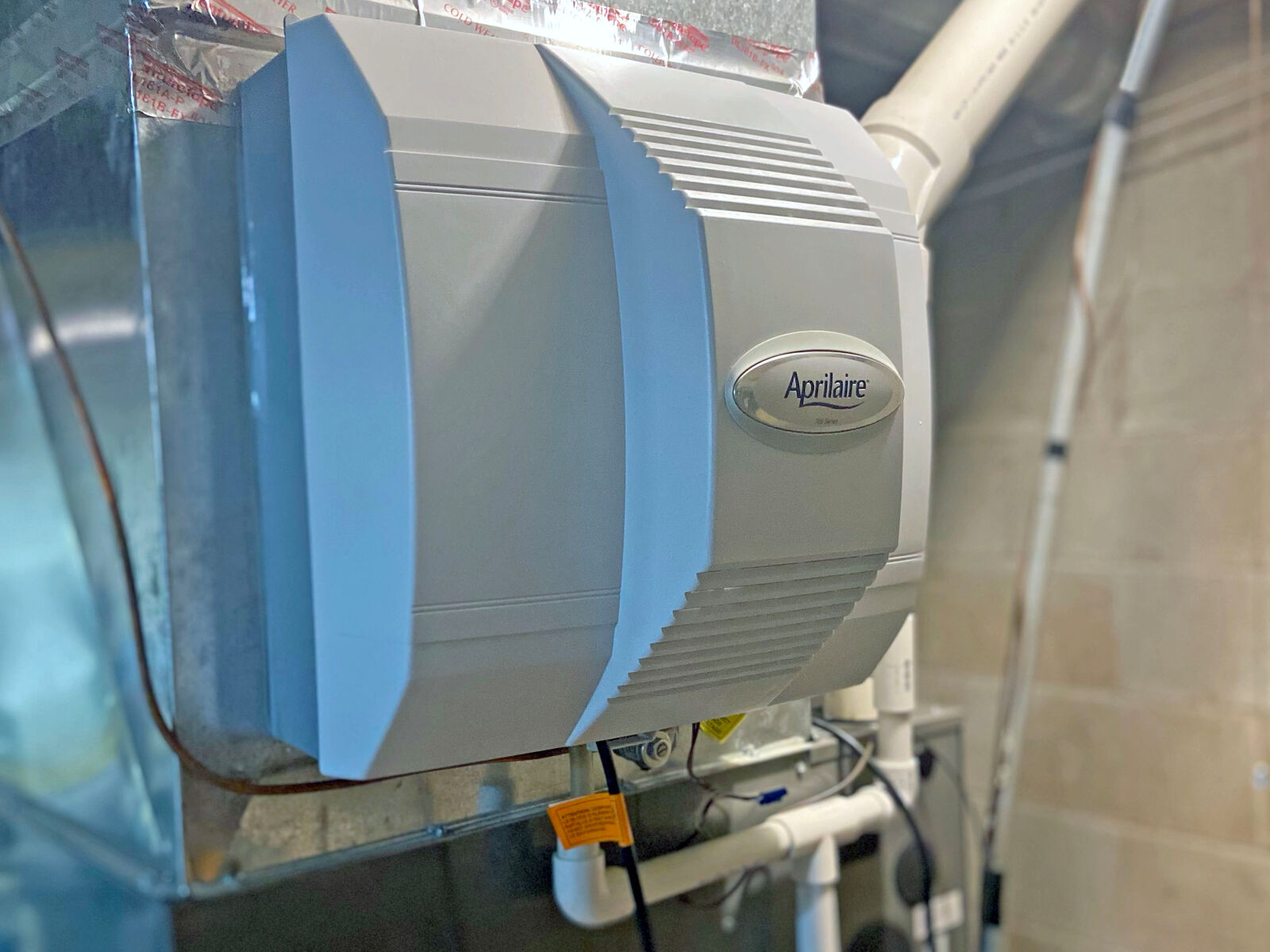
source: homeserve.com
When you think of a humidifier, you may picture a small, personal device that you use when your nose is stuffy and your throat feels dry. However, whole-house humidifiers are a different beast entirely.
These devices are installed as part of your home’s HVAC system and work to maintain a consistent level of humidity throughout the entire house. But when do you need a whole-house humidifier? Here are a few telltale signs:
- Your wood floors are creaking or cracking.
- Your sinuses are always dry, no matter how much water you drink.
- You’re constantly getting static shocks.
- Your skin is dry and itchy, even when you use lotion.
- You have to dust your furniture more than once a week.
- Paint is peeling off your walls or moldings.
- Your plants are wilting, even when they’re well-watered.
- Your family members are always complaining of sore throats or congestion.
- You can see white powder on your window sills or window screens (this is actually salt)
When is the best time to turn on whole house humidifier units in your home?
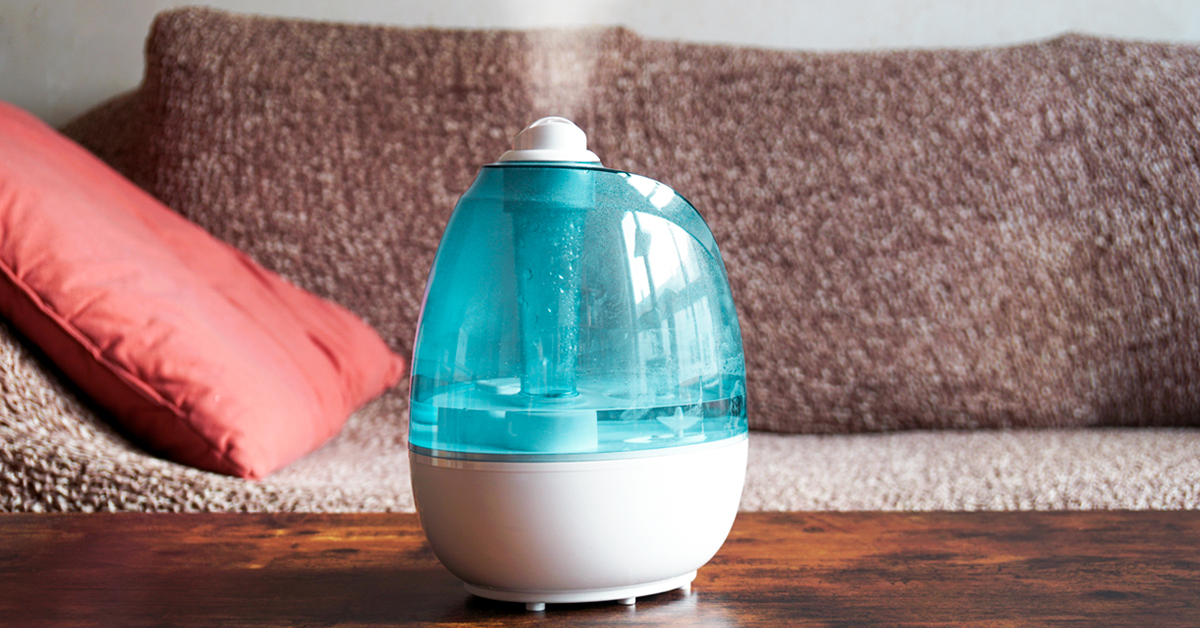
source: healthline.com
Most people know that using a humidifier can be helpful when the air is dry, but they may not know when to turn on whole house humidifier units. There are a few things to bear in mind when making the decision to turn on your whole house humidifier.
The first is the temperature outside. If it’s cold enough that you need to heat your home, then the air is likely already quite dry. In this case, turning on your humidifier can help to prevent irritation of the nose, throat, and sinuses, as well as static electricity and cracks in furniture.
Another thing to consider is the indoor temperature. If it’s comfortable inside, you probably don’t need to run your humidifier. However, if it’s very warm inside, running your humidifier can help to cool things down a bit by evaporative cooling.
In general, if you don’t know when to turn on whole house humidifier units, the best time to turn on your whole house humidifier is when the air outside is dry and when the indoor temperature could benefit from evaporative cooling. By keeping these things in mind, you can ensure that you get the most out of your whole house humidifier.
How to properly maintain your whole house humidifier
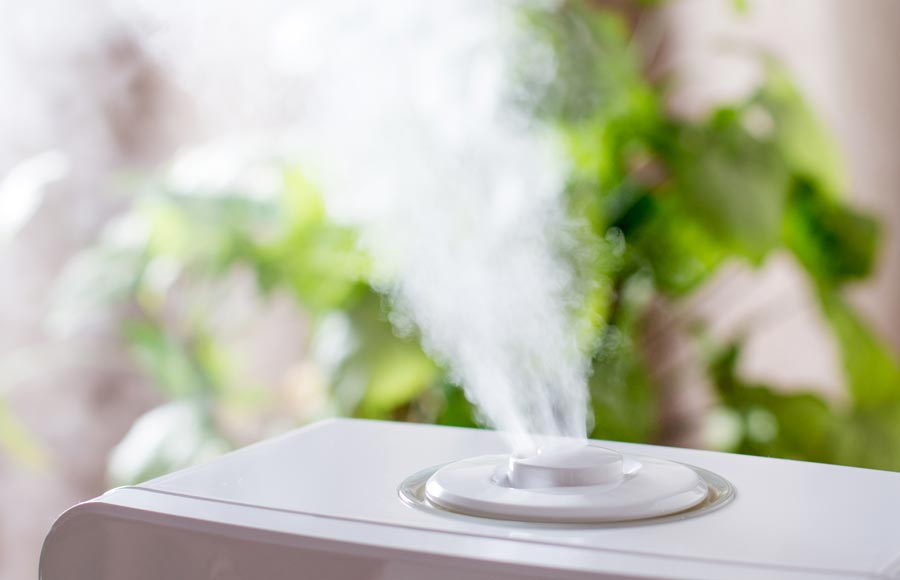
source: appleaireinc.com
A whole-house humidifier can be a great asset to your property, providing many benefits such as helping to relieve congestion, making it easier to breathe, and reducing static electricity.
However, a humidifier must be properly maintained in order to function effectively and avoid damaging your home. Here are some tips on how to properly maintain your whole house humidifier:
- Change the humidifier filter on a regular basis. Depending on the quality and type of humidifier filter, you may need to change it monthly.
- Clean the unit frequently. Use mild soap and warm water to clean the unit, being careful not to damage any of the components.
- Check the humidity levels. Purchase a hygrometer to assess the humidity levels in your living space, and adjust the settings on your humidifier accordingly.
- Monitor for leaks. Check the unit regularly for any leaks or other damage.
By following these simple tips, you can ensure that your whole house humidifier is functioning properly and providing all of the benefits that you need.
When to turn on whole-house humidifier units in your home — Conclusion
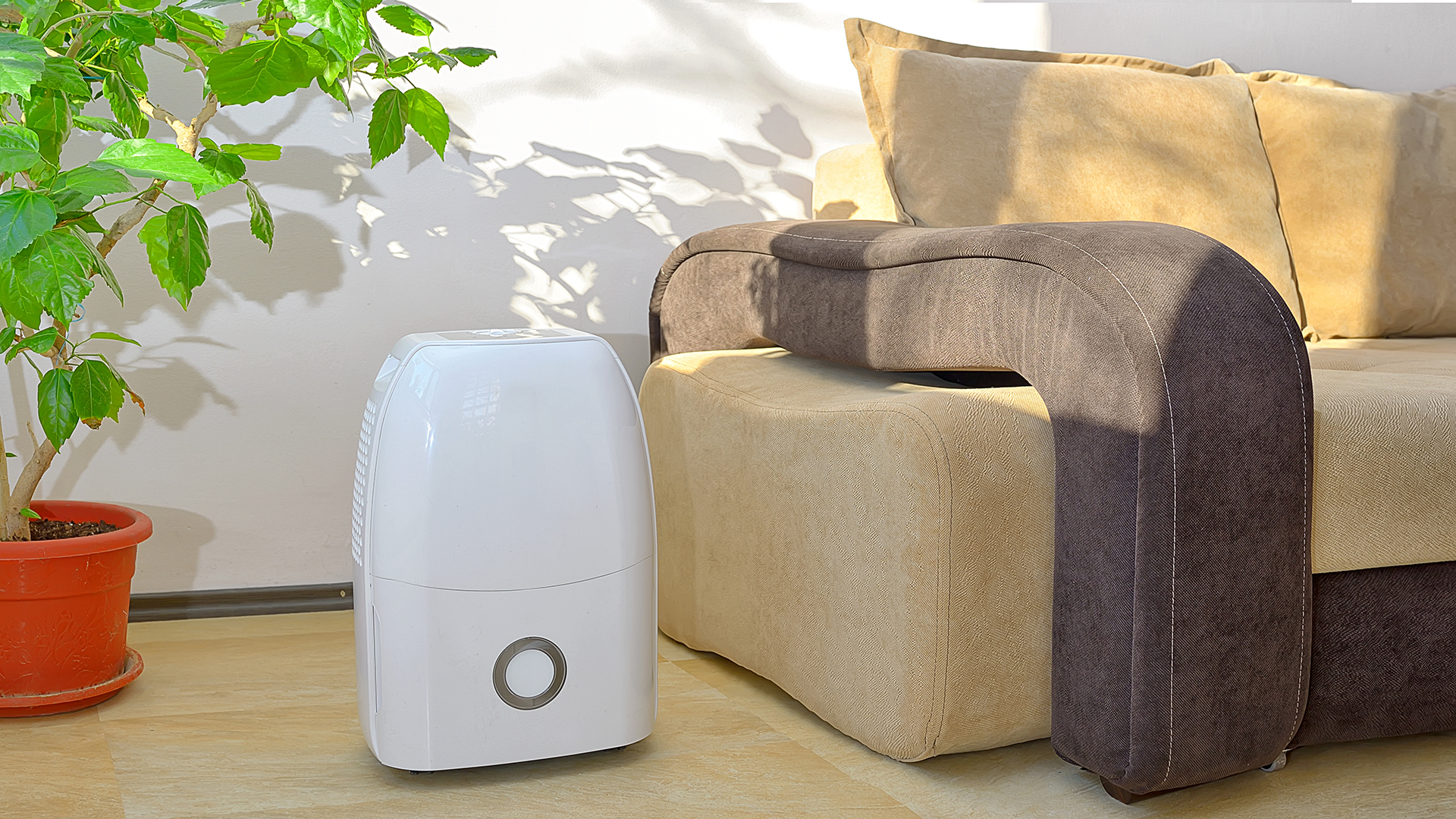
source: pinterest.com
If you’re looking for ways to make your home more comfortable this winter, consider turning on your whole house humidifier.
Not only can this help you deal with issues like dry skin and congestion, but it can also save you money on your energy bill.
Contact a professional HVAC service today to learn more about the benefits of whole-house humidification and find out if it’s the right solution for you.

